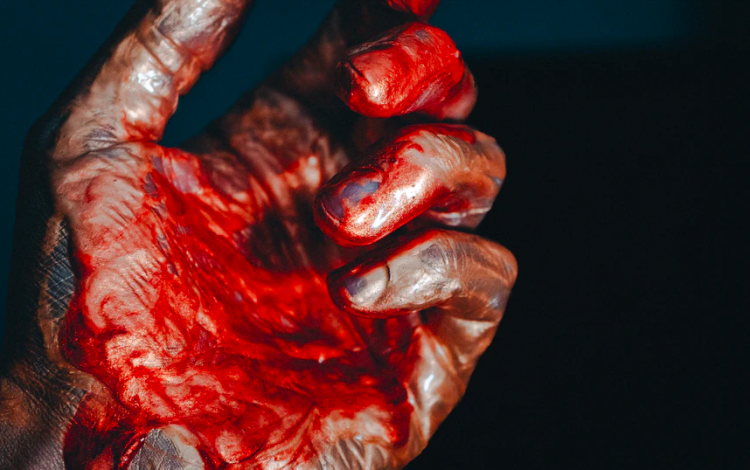The disappearance of Gaby Petito calls for a reform in media coverage

News outlets and social media platforms were taken over by storm with the disappearance of Gaby Petito, an American woman who went missing while traveling on a van across the United States with her fiancé. Since her disappearance in late August 2021, people worldwide have been fascinated, intrigued, and captivated by the mysterious case. With international outlets updating the story daily, it seemed almost impossible to miss any new information released. Petito became a revolution, leading to creating podcasts, Instagram accounts to help find her, and essentially, a world campaign behind her rescue. It wasn’t until mid-September that human remains that were consistent with the description of Petito were discovered in Teton County.
In U.S mainstream media, cases of missing people are common. However, the stories are usually about young, white, upper-middle-class women, leaving the hundreds of women of color who disappear each year unseen. In the later months, analysts introduced an issue referred to as the missing white woman syndrome, which refers to how the media appears to favor white women people when covering such stories – and ignores colored people.
Talking to Shandiin Vandervere, a 20-year-old student at AUP majoring in Journalism and Global Communications, I was able to get the flip side view of this issue on a personal and intimate level. Shandiin is from the Navajo Nation, an Indigenous reservation in the Four Corners region of the southwestern United States. Vandervere decided to pursue a career in Journalism because of the lack of public attention her community received: “I wanted to do my part to change that. Bringing these issues to the forefront and allowing a platform for their voices is dear to my heart,” she says.
When she first saw Gaby Petito’s case headlines, like all of us, there were feelings of sadness and shock. “I started noticing just how many headlines were being published. One after the other, and almost every news feed I followed,” Shandiin explained. “I remember thinking, how is this woman’s story any different than those of my community? I’ve met so many people in my time that have never heard the news of the MMIW movement, one that’s been going on for years in multiple countries. But this case seemed to be seen as more important, more worthy of attention, by everyone, something not given to so many Indigenous women.”
The media fascination that arose with the Petito mystery seemed unbalanced to many Native Americans. In Wyoming, the same state in which Petito disappeared, 710 Indigenous people, mostly girls, have been reported missing over the past decade. In a report published by the state’s Missing and Murdered Indigenous People Task Force, 50% of missing Indigenous people are found within one week, while 21% remain missing for 30 days or longer. The report also states that only 11% of white people remain missing for that long. Regarding media coverage, only 30% of Indigenous homicide victims make the news, compared to 51% of white victims.
“It’s a collective movement,” Vandervere claims, “one that needs to be equally encompassed by every part of media coverage. Individual people hold so much weight in influencing change. Those working in the professional journalism world must continue to push for what we’ve been asking for so long.”
Shandiin, like many indigenous people of the United States, wants "better representation in the industry, allowing those afflicted to speak for themselves, and giving representational coverage to those most disproportionately impacted.”







